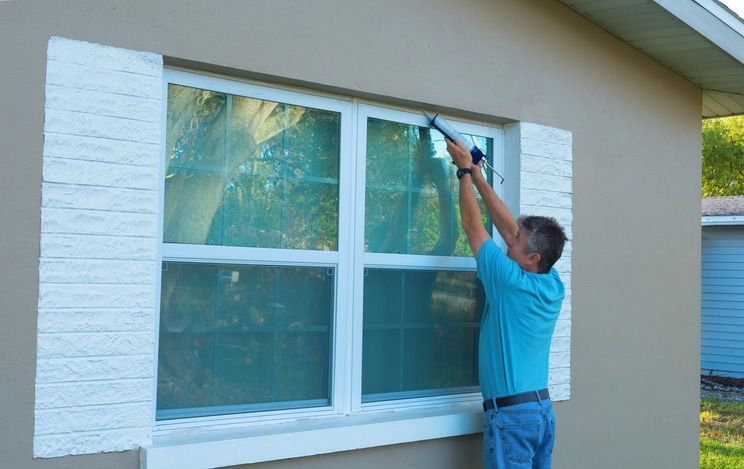When you buy or build a dream home, you pay attention to several factors, such as location, design, size, and features. Weather is the last thing on your mind because you cannot control the factor. However, you must ensure that your property can bear the brunt of extreme heat, cold, wind, and rain. Fortunately, a few proactive steps are enough to fortify your home against inclement weather. You need to spend only a bit on these measures, but they can actually save you a fortune down the line. Here are a few actionable tips to weather-proof your home and ensure its safety, longevity, and integrity over the years.
Know your risks
This one is a no-brainer, as you must invest only in the necessary defenses instead of picking everything in the market. You will probably know the weather patterns in your city, but a little more research can help. You must surely do it if relocating to a different area you hardly know. Check statistics of events like hurricanes, blizzards, rain spells, floods, and heat waves in the area. A good look at past trends helps you identify potential risks. Knowing the threats puts you in a better place to implement a frugal weather-proofing plan for your home. Being selective means you can save a lot without compromising safety.
Buy home insurance
The first step to implement before actual weather-proofing measures is to buy home insurance. Look for adequate coverage, including unexpected damage due to weather calamities. Your risks help you decide on the coverage requirements. For example, you must get hurricane insurance if you live in a hurricane-prone area. While insurance gives you peace of mind, you cannot take it for granted. Remember that insurance companies try their best to deny claims or lower compensation value. But you can rely on lawyers specializing in hurricane insurance disputes in such circumstances. These experts help you to calculate the rightful compensation and secure it from the provider.
Fortify your property
Fortifying your property is the most significant aspect of weather-proofing it. Essentially, you must work on different elements to prevent damage due to extreme climatic events. Here is a checklist you can rely on-
- Check your roof- The roof is your first line of defense against heat, cold, wind, rain, and snow. So you must ensure its integrity. Look for loose or missing shingles, check for damage to chimney pots, and inspect for cracks and crevasses. Get a professional repair job if something appears amiss.
- Make wall repairs- Structural issues like cracks in the walls can affect your defenses against weather damage. Besides addressing such issues, you must also install the proper insulation to keep extreme temperatures at bay.
- Pay attention to windows- Rotten window frames are the last things you want to deal with during extreme conditions like heat waves, snow spells, and hurricanes. Replace them when required. Also, installing impact-resistant glass and shutters can strengthen them against strong winds, hail, and flying debris.
- Prevent draughts- The gaps under the doors can affect the indoor temperature when it is extremely hot or cold outside. You can prevent draughts by installing a strip of self-adhesive foam around your door frames and window edges.
- Clean gutters- Cleaning your gutters can also protect your home from extreme weather. Clearing out leaves and debris ensures a smooth flow of rainwater from guttering and drains. Conversely, letting them stay elevates the risk of trapped water. It can cause extensive damage due to freezing and expansion.
Check the outdoors
Most homeowners invest in strengthening their properties structurally to counter bad weather. But maintaining the exterior landscaping is equally crucial. Besides enhancing the curb appeal of your property, a clean and tidy exterior reveals any maintenance issues you must address on time. Clearing soil and leaves from paths and decking prevent these areas from getting slippery. A periodic inspection of shed roofs enables you to find gaps or tears that could let rainwater in. Investing in preventive maintenance is the best way to go for homeowners looking to keep weather damage at bay.
Your home shelters you from the extreme heat and cold, so you must do your bit to protect it from weather damage. The good thing about taking proactive measures to protect your living space is that they can save you from the inconvenience and massive repair expenses if the worst happens. You can follow this simple checklist to keep your home safe from inclement weather without breaking the bank or compromising the safety of your loved ones.

